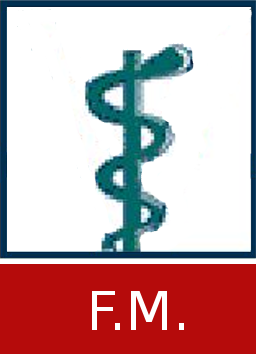Thesis, COLLÉGIALITÉ
Buttenaers, Chloé 
Promotor(s) :
Delacroix, Laurence  ;
Malgrange, Brigitte
;
Malgrange, Brigitte 
Date of defense : 1-Jul-2024 • Permalink : http://hdl.handle.net/2268.2/20565
Details
| Title : | Thesis, COLLÉGIALITÉ |
| Author : | Buttenaers, Chloé 
|
| Date of defense : | 1-Jul-2024 |
| Advisor(s) : | Delacroix, Laurence 
Malgrange, Brigitte 
|
| Committee's member(s) : | Seutin, Vincent 
Pequeux, Christel 
Neirinckx, Virginie 
|
| Language : | French |
| Keywords : | [fr] Oreille [fr] Ototoxicité [fr] Gentamicine |
| Discipline(s) : | Human health sciences > Neurology |
| Institution(s) : | Université de Liège, Liège, Belgique |
| Degree: | Master en sciences biomédicales, à finalité approfondie |
| Faculty: | Master thesis of the Faculté de Médecine |
Abstract
[en] Approximately 5% of the global population, or about 430 million people, are affected by hearing loss. Various factors can contribute to this hearing loss, including genetic differences, aging, prolonged exposure to loud noises, and the use of ototoxic medications. Certain anticancer drugs, such as cisplatin, and some antibiotics, such as aminoglycosides, are particularly harmful to the inner ear sensory cells, called the hair cells. Damage to these cells leads to permanent hearing loss since they cannot regenerate. Currently, no medication approved by the World Health Organization provides protection for the inner ear cells. Therefore, it is crucial to find molecules capable of preserving or restoring hearing. G protein-coupled receptors (GPCRs) play an important role in hearing, being involved in various cellular signaling pathways that regulate the function of hair cells.
Our research project focuses on exploring the otoprotective potential of two GPCR antagonist molecules provided by Perha Pharmaceuticals. In the lab, we have previously demonstrated that the compounds 731 and 969 reduce the cytotoxic effect of cisplatin in hair cells. During my master thesis, we investigated if their otoprotective potential could also be demonstrated against gentamicin. For this purpose, we used two experimental models: an in vitro model with the HEI-OC1 cell line and an ex vivo model with explants of the mouse organ of Corti. Our results showed that in vitro, the molecule 731 increases cell survival in the presence of gentamicin when used at a concentration of 1 μM, while molecule 969 showed protective effects at both 1 μM and 10 μM. In the ex vivo model, only the molecule 969 demonstrated a protective effect at 1 nM. Additionally, our laboratory developed a knockout model for the GPCR targeted by these antagonists. Using the CRISPR-Cas9 method, mouse lines comprising two distinct deletions of 11 and 245 nucleotides were generated. The second objective of this thesis was to optimize genotyping strategies for these deletions. We thus tested various PCR conditions using different primer pairs, hybridization temperatures, and buffer conditions, along with the inclusion of an internal control.
Molecules 731 and 969 show potential for preserving cells from gentamicin-induced ototoxic damage; however, the survival outcome varies across experimental models and compound concentrations. Further studies, including in vivo tests, are essential to studying their efficacy and safety.
File(s)
Document(s)
Cite this master thesis
The University of Liège does not guarantee the scientific quality of these students' works or the accuracy of all the information they contain.


 Master Thesis Online
Master Thesis Online



 s174688Buttenaers2024.pdf
s174688Buttenaers2024.pdf

